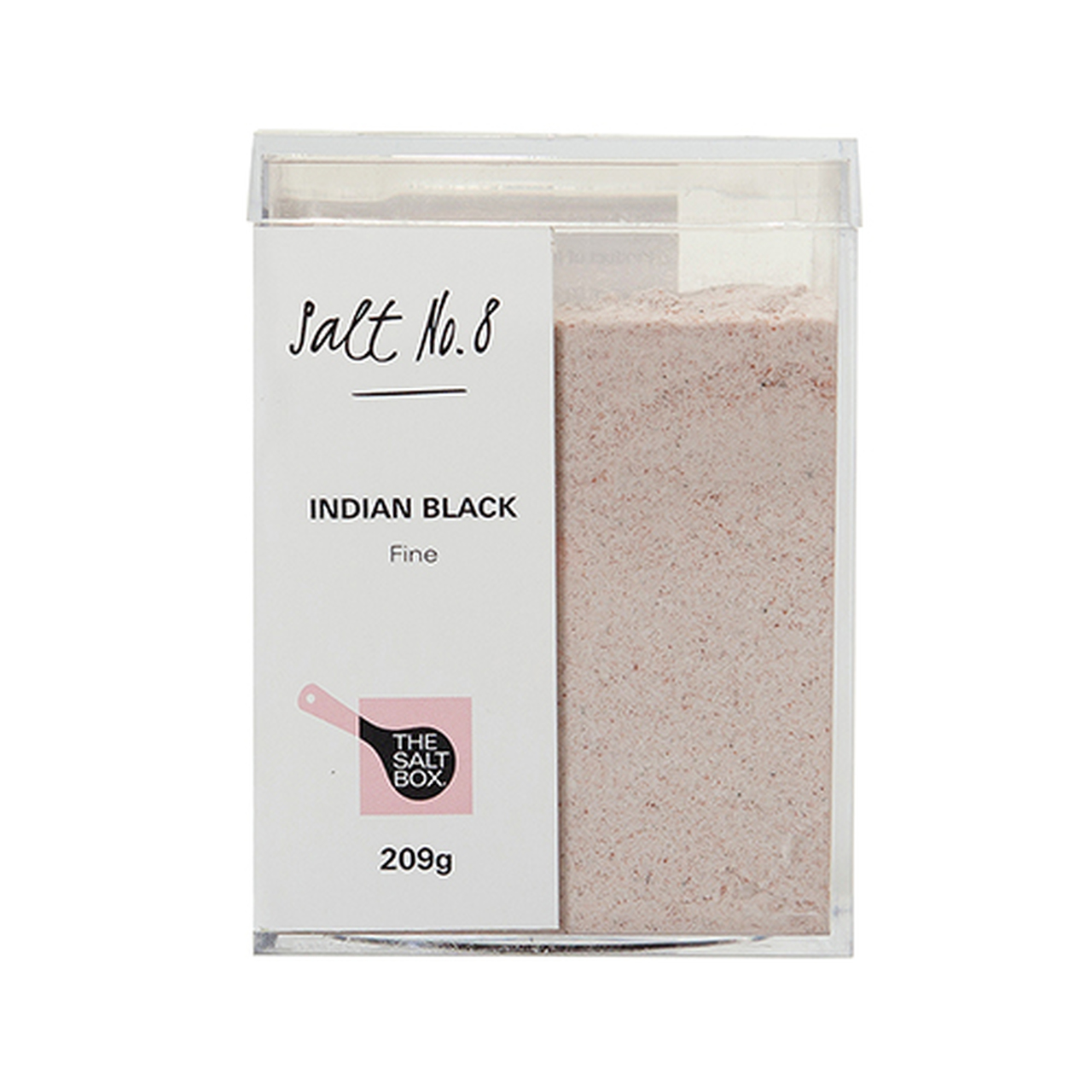What is Indian Black Salt or Kala Namak? Discover its Origins, Unique Taste and How to Use it
Posted by Rowena Frith on 30th Mar 2020
Salt is considered one of the most basic kitchen ingredients and one we don’t want to live without. But a range of gourmet salts are shaking up the way we use the humble ingredient in our cooking, and one that needs to be on your radar is
Indian Black Salt.
Indian Black Salt is one of the world’s most revered salt varieties for its exceptional quality, historical origins and distinct taste. Also known by its Hindi name, Kala Namak, or as Himalayan Black Salt, this salt differs a little from the rest of our black salt range in that it’s not actually black, but rather a brownish pink colour. Despite the misleading name, it’s a showstopper in the kitchen and a gourmet salt you should get to know and love.
Origins
Kala Namak is harvested from countries surrounding the Himalaya salt ranges including India, Nepal, Pakistan and Bangladesh. It’s commonly also harvested from salt lakes in Northern India. It’s used extensively in South Asian cuisines of its origin countries and has been a staple condiment in traditional dishes for hundreds of years.
Traditional production of Kala Namak involved firing the salts in a sealed ceramic jar in a kiln with charcoal. The salts would melt to then later be cooled, stored and aged prior to sale. It’s this heating process that creates the chemical reactions that gives
Indian Black salt it’s distinct smell and flavour.
Kala Namak has also been used extensively in the practice of Ayurveda. It is considered a cooling spice that aids digestion and is also believed to relieve heartburn in the ancient Indian medicinal practices.
Texture
Kala Namak has a fine, almost powdery texture obtained by crushing larger rocks of the salt during production. It melts delightfully on top of your meals and can easily be mixed into any recipe during cooking.
Taste
Both the taste and smell of Kala Namak is what gets it the most recognition, although the smell is rather pungent, and can be off-putting at first. This is because of the sulphur compounds that can be reminiscent of rotten eggs in smell. However, the strong smell is what makes it such a great flavour. It has the taste of savoury hard boiled egg yolks, so is perfect for bolstering any dish with rich eggy flavours. It’s particularly great in vegan dishes to replicate the taste of eggs and if you’re a lover of Indian Chaat Masala, you’re in luck, because Kala Namak is a staple in the spice blend.
How to use Kala Namak
Kala Namak is really easy to use and allows for infinite creativity in the kitchen. It will have a hugely positive impact on your dishes.
As we mentioned, Kala Namak is great for vegans who want a touch of egg without using the real thing. From tofu scramble to salad dressings or even simply sprinkling some on top of popcorn as a snack, it’s a flavoursome egg replacement.
And playing on its eggy taste, Kala Namak is delicious in breakfast dishes, even those that already have egg in them. You can keep it simple and sprinkle some on top of your avocado on toast or whip it into an omelette to bring an Asian vibe.
Of course, it’s in traditional Indian dishes where this salt really thrives. Everything from chaats to curries, salads, raitas and chutneys can be cooked with a touch of Kala Namak to create really authentic tasting dishes. You can sprinkle it on top of fresh fruit to create a delightful Indian snack.
Curious to try this unique salt for yourself? You can shop it
here along with our range of other black salts. Be sure to let us know how you used Kala Namak to kick the creativity in your kitchen up a notch!






